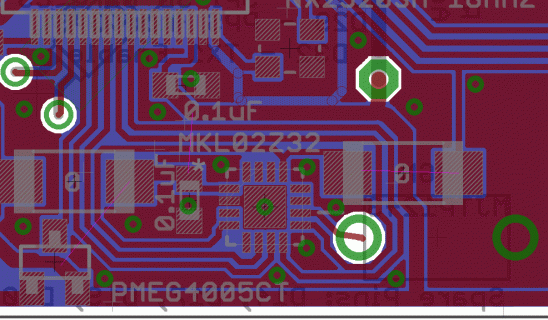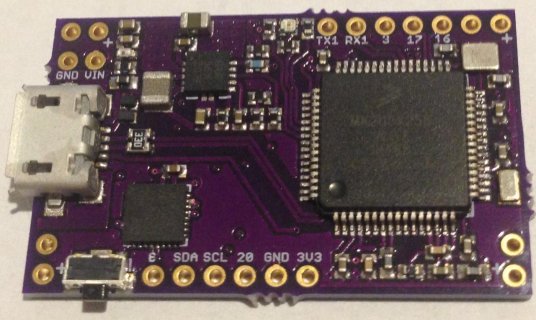Hi Constantin,
thanks a lot . Do you know why Paul did connect I2C between both ICs? In the "official" schematics both are connected together. Thanks for the info with the 5x5 QFN. Sounds great. When I started the project I have been a poor hand soldering type guy, but I recently bought a toaster oven with controller that is just awesome. My next project will use the 5x5 QFN.
. Do you know why Paul did connect I2C between both ICs? In the "official" schematics both are connected together. Thanks for the info with the 5x5 QFN. Sounds great. When I started the project I have been a poor hand soldering type guy, but I recently bought a toaster oven with controller that is just awesome. My next project will use the 5x5 QFN.
Best,
Phillip
thanks a lot
Best,
Phillip




